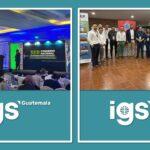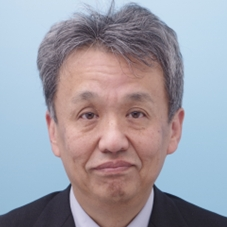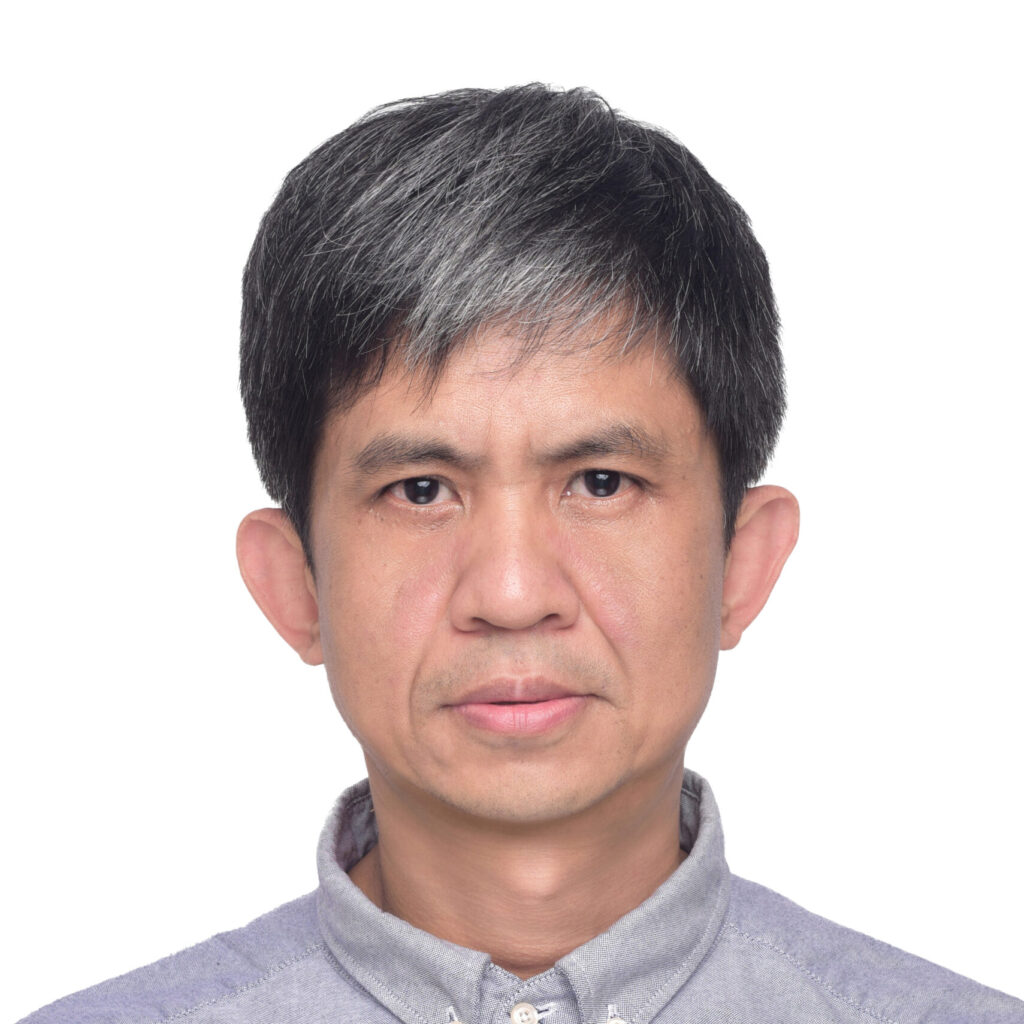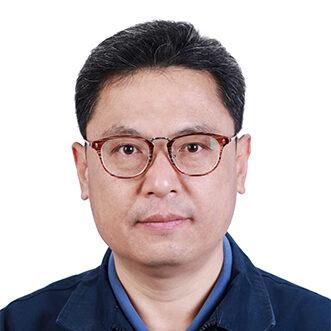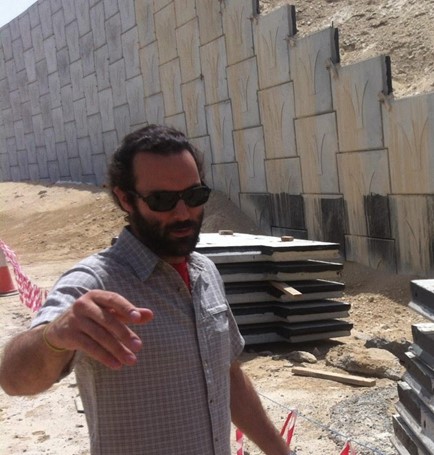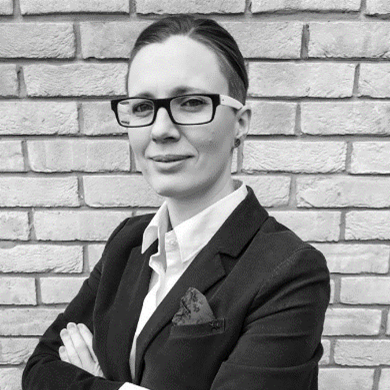Organised under the auspices of IGS, the first EurAsian Geotextiles Symposium (EAGS) was held in Beijing, 7 – 8 June, attracting over 200 participants from 14 countries. Co-organised by the China Industrial Textiles Industry Association (CNITA) and EDANA, the Symposium was supported also by several other key international organizations including the International Textile Manufacturers Association (ITMF) and the International Society for Geosynthetic Materials China Committee (CCIGS).
Participants had the opportunity to learn of the latest trends and developments in technologies, markets and applications for geotextiles during 22 presentations by industry leaders and experts. The significant potential for global development of the geotextiles market was highlighted throughout the conference and confirmed by the level of interest in the companies participating in the tabletop exhibition.
Key highlights included strategic challenges specific to China such as the Belt and Road Initiative and South-to-North Water Diversion Project, both tremendous infrastructure developments with significant potential for the use of geosynthetics.
Presentations also addressed a wide range of topics related to woven and nonwoven geotextiles and their contribution to geosynthetics, including market trends, raw materials, developments in nonwoven bonding technologies and the application of geosynthetics in construction, road infrastructure, waterways, environmental protection, retaining walls and landfills.
As summarised by IGS Past President Dr. Daniele Cazzuffi in his concluding address, the EurAsian Geotextiles Symposium illustrated the depth and breadth of developments in the geosynthetics sector, with a global view on trends and numerous examples in China and beyond. Specifically, the EAGS touched upon the constant diversification of the sector, supported for example by new applications for nonwovens and geogrids. Innovation is another key factor, with new combinations of materials including woven materials, nonwovens, grids, scrims, geomembranes and more. The geosynthetics industry was able to adapt to the specific needs of a growing range of applications, which accelerated the move away from a commodity market to an industry geared towards specialty products. New application areas include potential for environmental protection, notably through erosion control solutions and biodegradable geosynthetics. In support of the global growth and intensified trade of geotextiles, the standardisation of specifications and test methods is a vital effort. Progress and growth throughout the value chain and across continents can only be achieved by creating a common language for tenders, in turn opening the way for a level playing field in which companies can compete on performance and quality, not only on price. The winning formula for the geotextiles and geosynthetics industries is a combination of flexibility, innovation and communication. This can be achieved by building bridges not only literally but also figuratively and the EurAsian Geotextiles Symposium is a great step in this direction.
 |
 |
| EAGS Organisers | Daniele Cazzuffi giving his Keynote Lecture |
 |
 |
| Chinese Delegation | EAGS Participants |
Reported by
Pierre Conrath, EDANA’s External Relations and Sustainability Director, Brussels


